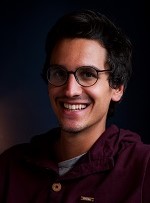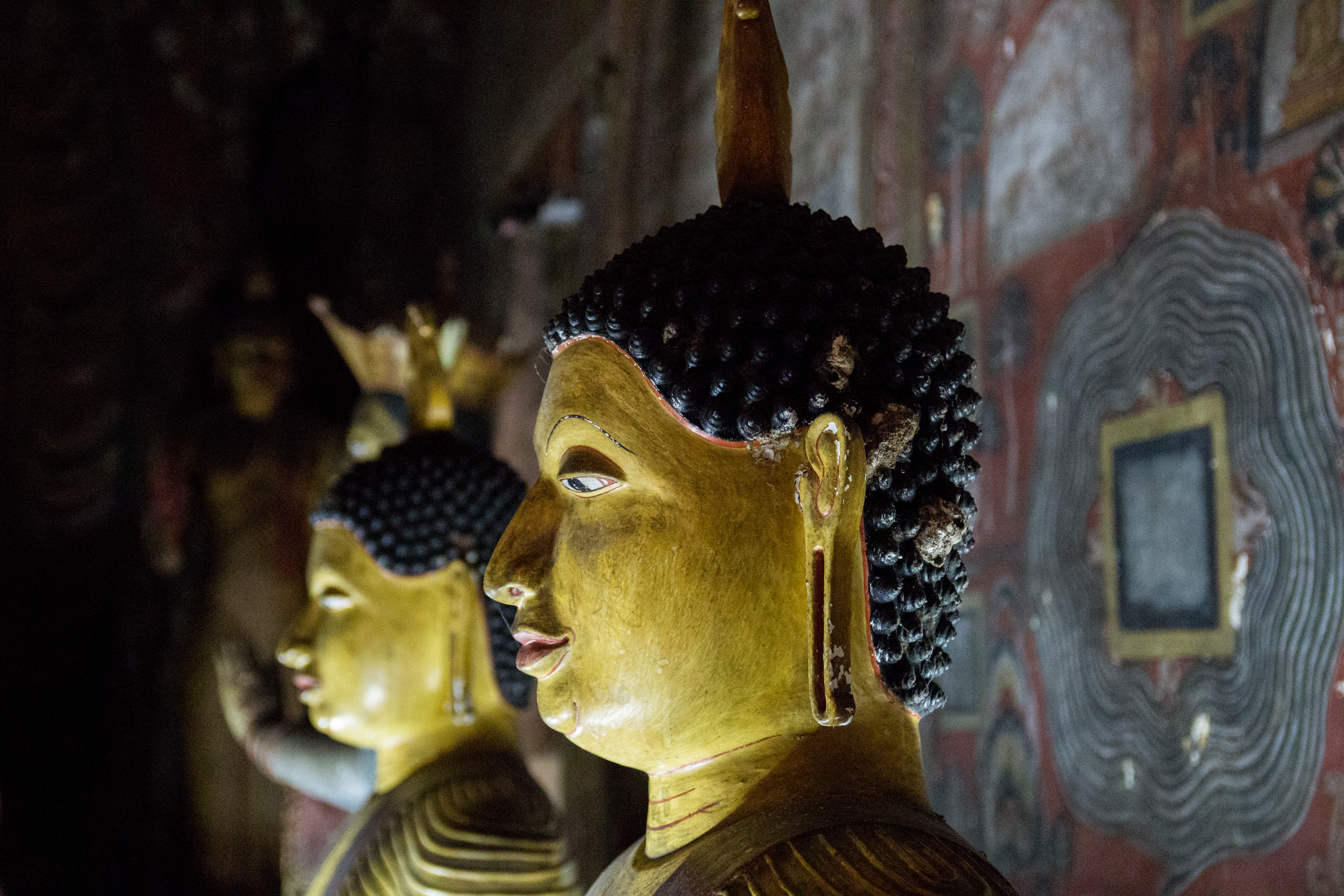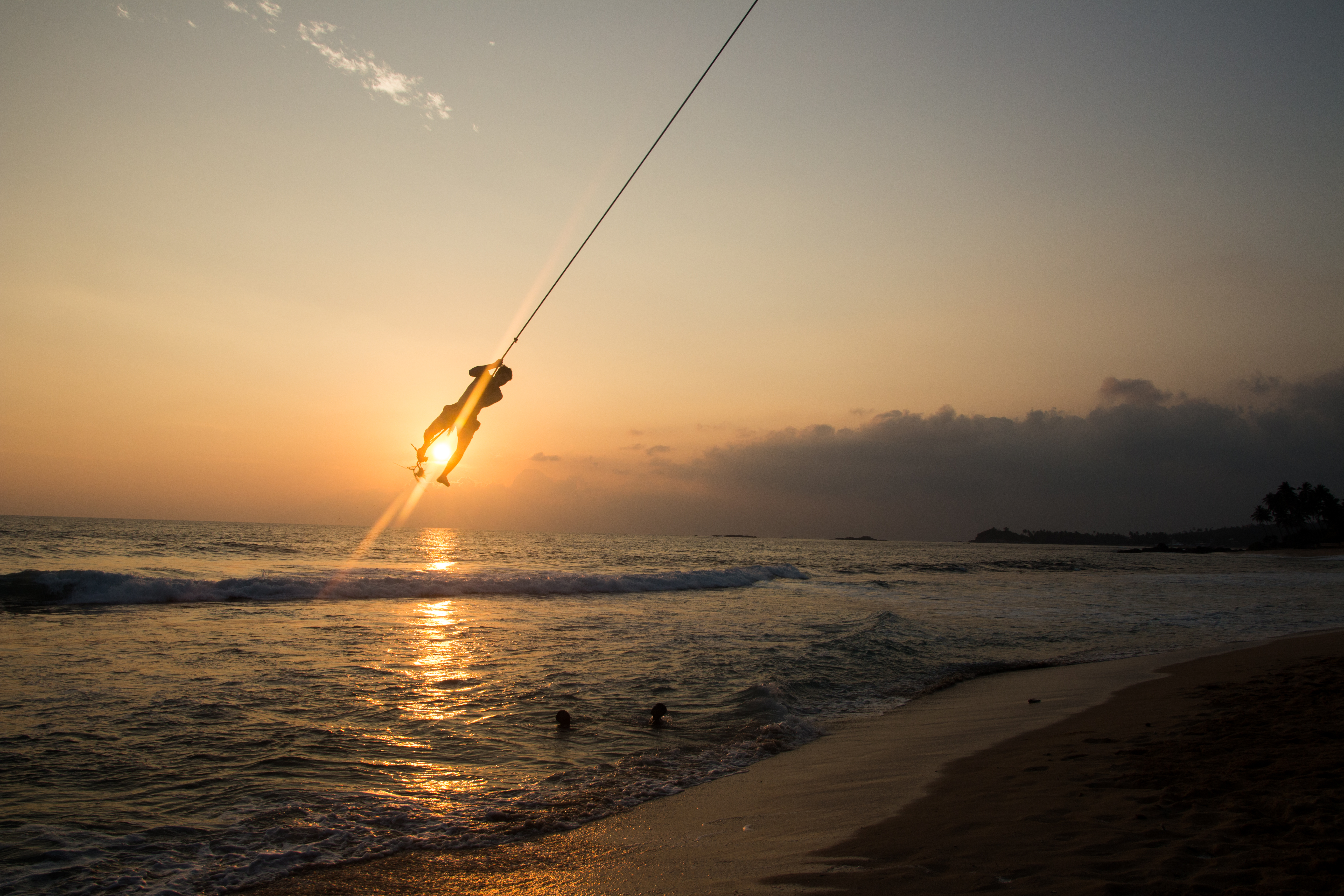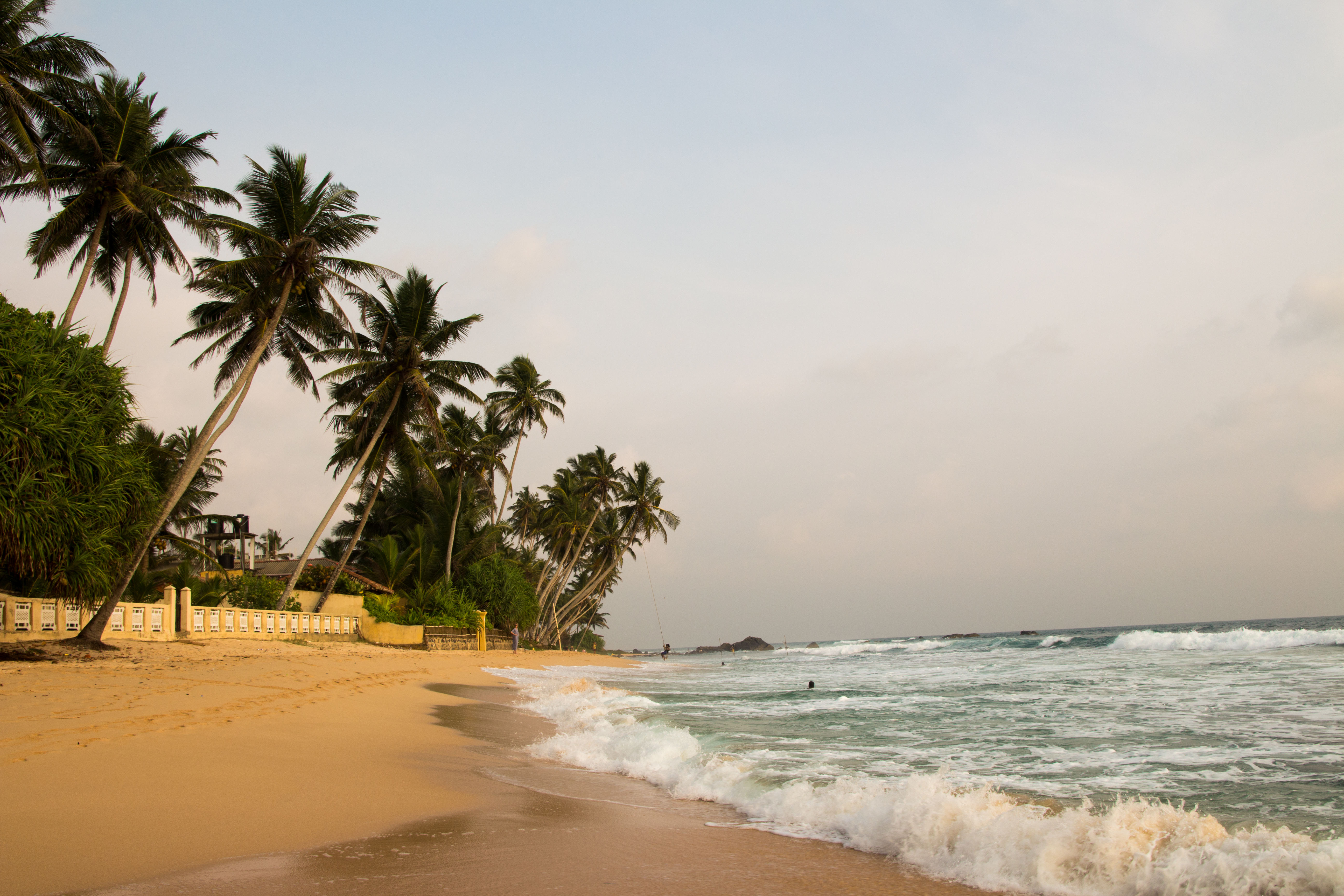
Jakob Riedl, Medical University of Graz, Austria
by Jakob Riedl.
In summer 2015 a good friend of mine and I decided to do a clinical elective abroad. After reading plenty of elective reports we chose the Karapitiya Hospital in Galle, Sri Lanka, for our internship. There were a few reasons for our choice. First of all, English is one of the administrative languages in Sri Lanka. It makes communication particularly between doctors and students much easier. Also, we were curious about the healthcare system in a low-income country and wanted to deepen our knowledge in infectious diseases. Last but not least, the fact that this country offers a great variability in terms of culture and landscape attracted us.
Sri Lanka is a former British colony in the Indian ocean with a population of approximately 20 million. There are three official languages there: Sinhala, Tamil and English. In the 2nd century BC, Buddhism was introduced to the inhabitants of this island and so around 70% of them are Buddhists by now. In the northern part of the country Hinduism is dominant. Sri Lanka was a British colony until February 1948, when it became independent. There was a 25 years lasting conflict, known as the Sri Lankan civil war, but today this country has one of the fastest growing economies in the world.
Organisation
On the official homepage of the hospital you can find a perfect step-by-step description of the application process for a clinical elective. Nevertheless, I would recommend arranging enough time for the application as it often takes weeks till you get a response from the contact person. Another option which we have eventually chosen, was to call and try to reach a person responsible for the organization of the electives (use Skype, otherwise the costs will be high). This step can accelarate your application process.
Then you should apply for a visa, which is required for doing an internship in Sri Lanka. It costs USD 25 and is valid for 30 days. After applying on the official homepage it will be sent to you via mail.
The last step will be transferring a service fee of EUR 20 to the hospital. The elective fee of USD 50 per week can be paid on the first day of the elective. A special insurance for the elective is not necessary as visiting students are not allowed to do any invasive procedures, however a travel insurance can be considered. Here I would like to recommend the “Europäische Reiseversicherung”, which offers good deals.
Clinical Elective
We decided to do our elective on the general medicine ward, which turned out to be a good decision. Although the elective was not too stressful, we still learnt a lot about how to treat various infectious diseases and how medicine works in a low-income country.
As a visiting student you are not allowed to perform any invasive procedures such as taking blood samples. Our main tasks were taking the history of English speaking patients, performing the physical exam and presenting the case to the attending.
The working day usually started around half past seven. Usually we had one hour to examine patients and to discuss cases with the local students, who are very helpful and motivated. They always took time to answer our questions. Often, they even helped us by taking the history of non-English speaking patients. The ward round with attending doctors started around 9 a.m. and was always very educational. During ward rounds, doctors speak only English and invest a lot of time in bed side teaching and explaining different diseases, such as classical tropical diseases like dengue fever, malaria and leptospirosis, but also various neurology cases.
The attendings have always been friendly and were trying to involve visiting students in the case discussions. Unfortunately, both doctors and students often speak very quiet and with a strong accent, which makes it hard to follow sometimes and to understand everything. After the ward round we had time to visit lectures or to examine patients on our own. The ward is separated in a female and a male section. For both sections there is one team of doctors and students. As a visiting student you can choose every day which team you want to follow. Since Karapitiya is a public hospital, patients are mostly poor people who cannot afford to go to private hospitals. They were very thankful for getting medical treatment and often reacted enthusiastically when we told them that we are from Austria. Most of the patients are aged 50 or older.
Commonly seen diseases at the general medicine ward are all kinds of infectious diseases such as tuberculosis, dengue fever, malaria, severe pneumonia, leptospirosis etc. but also chronic heart failure, COPD, liver cirrhosis and various neurology cases. We even had the chance to examine one patient suffering from Kartagener syndrome, a rare genetic disorder characterized by the triad of situs inversus, chronic sinusitis and bronchiectasis.
Living

© Jakob Riedl
As we did not want to live in the city of Galle where the hospital is located, we decided to rent a small apartment in Unawatuna, a nice village on the beach 5 km from the hospital. We booked our apartment in advance, which however is not necessary as there are plenty of places for rent. The easiest way to get to the hospital from there is to go by rickshaw. The ride takes around 30 minutes and costs USD 2. A cheaper alternative is to take a bus, but it takes way longer.

© Jakob Riedl
Things to do
Sri Lanka offers a lot in terms of outdoor activities, landscape and culture. We went swimming at postcard-like beaches, explored ancient Buddhist temples or just roamed around the picturesque old city of Galle. Especially for sportsmen Sri Lanka is the place to be. I personally can recommend scuba diving in Unawatuna and surfing on Sahana Beach, a perfect spot for beginners.
On the homepage of Sri Lanka Travel you can find useful information regarding leisure time activities. I would also suggest acquiring an informative guidebook. My favourite is Lonely Planet, which is very detailed and aimed at backpackers and low-cost travelers. On the homepage of Lonely Planet you can also find useful travel reports and blogs about Sri Lanka.
Expenses
The local currency is called rupee with an exchange rate of 186 rupees for EUR 1 (12.07.2018). Sri Lanka is a very affordable country. For a nice place to sleep you pay around EUR 10 per night, a good meal costs less than EUR 5 and public transport is almost free. For a 6 hours train ride we paid less than EUR 2.
Flights cost around EUR 400 and can be booked on various flight search engines such as skyscanner. We took our flight with the Emirates Airline from Munich to Colombo with a short stop in Dubai. In total we spend only EUR 1500 (flights and everything included) for having four amazing weeks in this beautiful country.
Costs for 4 weeks
| Flight: | around EUR 400 |
| Apartment (per person) | around EUR 250 p.p |
| Food and drinks: | around EUR 150 |
| Transport: | around EUR 80 |
| Fees for 2 weeks of clinical elective: | around EUR 120 |
| Activities (safari, diving, surfing, etc.) | around EUR 400 – 500 |
| Total: | around EUR 1500-1600 |
Conclusion

© Jakob Riedl
Summarizing the above, we had two great weeks at the Karapitiya Hospital. I can fully recommend doing an elective there to every medicine student, who wants to get a great insight in the medical system of a low-income country or is interested in the diagnosis and treatment of tropical diseases.
Interesting websites
- Organization of the elective: department responsible for the organization of electives
- Europäische Reiseversicherung: official website of “Europäische Reiseversicherung”
- Karapitiya hospital: Karapatiya hospital is affiliated with University of Ruhuna
- Unawatuna: information about Unawatuna
- Local diving school: official website of the local diving school
- Local surf school
- Sri Lanka Travel: official tourism website of Sri Lanka
- Lonely planet: official website of Lonely Planet
- Syscanner: official website of Skyscanner
Here you can download the experience report as PDF file.
More information about working abroad as a medical student or doctor.
Published in GI-Mail 02/2019 (German edition). Sign up for GI-Mail here. 
Tip: More up to date educational events can be found online in the Education Database »medicine & health«.
